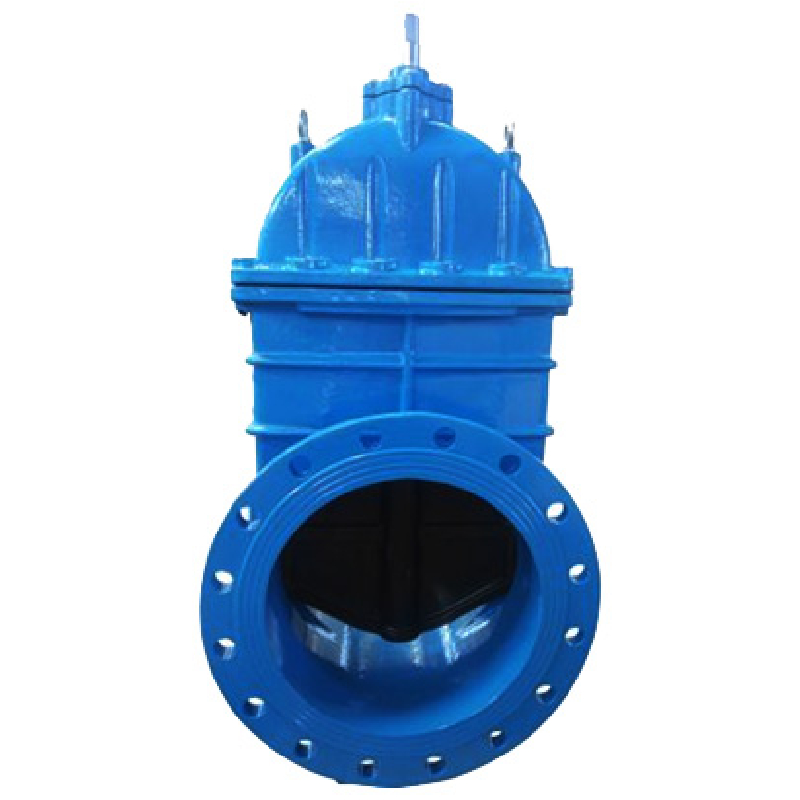Dec . 29, 2024 10:25 Back to list
6-inch Ball Valve Specifications and Applications for Efficient Fluid Control Systems
Understanding the 6-Inch Ball Valve A Comprehensive Guide
Ball valves are essential components in various industrial applications, particularly in fluid transport systems. Among the many types of ball valves, the 6-inch ball valve has gained prominence due to its versatility, efficiency, and ease of use. This article delves into the features, advantages, applications, and maintenance of 6-inch ball valves, providing readers with a comprehensive understanding of these crucial devices.
What is a 6-Inch Ball Valve?
A ball valve is a type of quarter-turn valve that uses a hollow, perforated, and pivoting ball to control fluid flow. The 6-inch designation refers to the diameter of the valve’s opening, which is critical in determining the valve's flow capacity and application suitability. Typically constructed from materials like stainless steel, brass, or PVC, these valves are designed for both durability and resistance to corrosion, making them ideal for various environments.
Features of 6-Inch Ball Valves
1. Flow Control The design of a ball valve allows for precise flow control. When the valve is fully open, the liquid flows freely through the valve, while a quarter turn closes it completely. This instant on/off capability is advantageous in systems requiring quick shut-off.
2. Minimal Pressure Drop The spherical shape of the ball minimizes pressure drop, which means less energy is required to move fluids through the valve. This feature is particularly vital in high-pressure systems.
3. Versatile Applications The 6-inch ball valve is suitable for a multitude of applications across different industries, including water treatment, oil and gas, chemical processing, and HVAC systems.
4. Ease of Operation The simple quarter-turn mechanism allows for fast and easy operation, making it accessible for technicians and operators. Many designs also feature a manual handle or actuator for effortless control.
5. Durability With robust constructions available, these valves can withstand extreme temperatures and pressures, extending their lifespan in harsh working conditions.
Advantages of Using a 6-Inch Ball Valve
- Leak Tightness Ball valves are known for their excellent sealing capabilities. They are less prone to leakage than other valve types, which is particularly important in applications where contamination or fluid loss can result in severe consequences.
- Low Maintenance These valves require minimal maintenance compared to other designs. Regular inspections are usually sufficient to keep them operational.
- Cost-Effectiveness While the initial cost may be higher than some alternatives, the reliability and durability of 6-inch ball valves can lead to greater long-term savings due to reduced downtime and maintenance costs.
Applications of 6-Inch Ball Valves
6 inch ball valve

The 6-inch ball valve finds application across multiple sectors
1. Water and Wastewater Treatment These valves are used to manage water flow in treatment plants, enabling efficient regulation of water supply and drainage.
2. Oil and Gas Industry In pipelines transporting oil and gas, 6-inch ball valves are crucial for controlling flow and isolating sections of the pipeline during maintenance.
3. Chemical Processing The chemical industry benefits from the robust nature of these valves, which can handle corrosive substances and extreme conditions with ease.
4. HVAC Systems In heating, ventilation, and air conditioning systems, ball valves help regulate the flow of water or refrigerants, enhancing system efficiency.
5. Pharmaceuticals In pharmaceutical manufacturing, maintaining high purity levels is vital. The tight sealing capability of ball valves helps prevent contamination.
Maintenance Tips for 6-Inch Ball Valves
To ensure longevity and efficiency, regular maintenance of 6-inch ball valves is essential
1. Regular Inspections Periodically check the valve for leaks, corrosion, and other signs of wear.
2. Lubrication Occasionally lubricate the valve’s stem and other moving parts to ensure smooth operation.
3. Exercise the Valve Regularly opening and closing the valve helps prevent it from seizing and ensures that it remains functional over time.
4. Clean the Valve Debris accumulation can impact performance, so cleaning the valve based on manufacturer guidelines is crucial.
Conclusion
The 6-inch ball valve is an integral part of many industrial systems, known for its robust performance and reliability. Understanding its features, advantages, and maintenance requirements allows operators and engineers to make informed decisions about their use. Whether in water treatment facilities, oil and gas pipelines, or chemical processing plants, these valves play a vital role in ensuring efficient and safe fluid management. With proper care, a 6-inch ball valve can serve effectively for many years, proving to be a valuable asset in any fluid control system.
Share
-
Reliable Wafer Type Butterfly Valves for Every IndustryNewsJul.25,2025
-
Reliable Flow Control Begins with the Right Ball Check ValveNewsJul.25,2025
-
Precision Flow Control Starts with Quality ValvesNewsJul.25,2025
-
Industrial Flow Control ReliabilityNewsJul.25,2025
-
Engineered for Efficiency Gate Valves That Power Industrial PerformanceNewsJul.25,2025
-
Empowering Infrastructure Through Quality ManufacturingNewsJul.25,2025